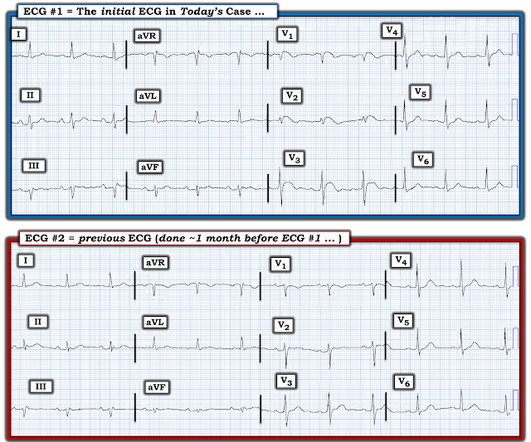ToxCard: Anticholinergic Plant Toxicity
EMDocs
FEBRUARY 15, 2024
3-6 Clinical Presentation: Symptoms include altered mental status, tachycardia, hyperthermia, urinary retention, mydriasis, blurred vision, dry skin, hallucinations. Anticholinergic toxicity has overlap with other toxicological causes of hyperthermia which are reviewed here: Hyperthermia in the Toxicological Setting.























Let's personalize your content